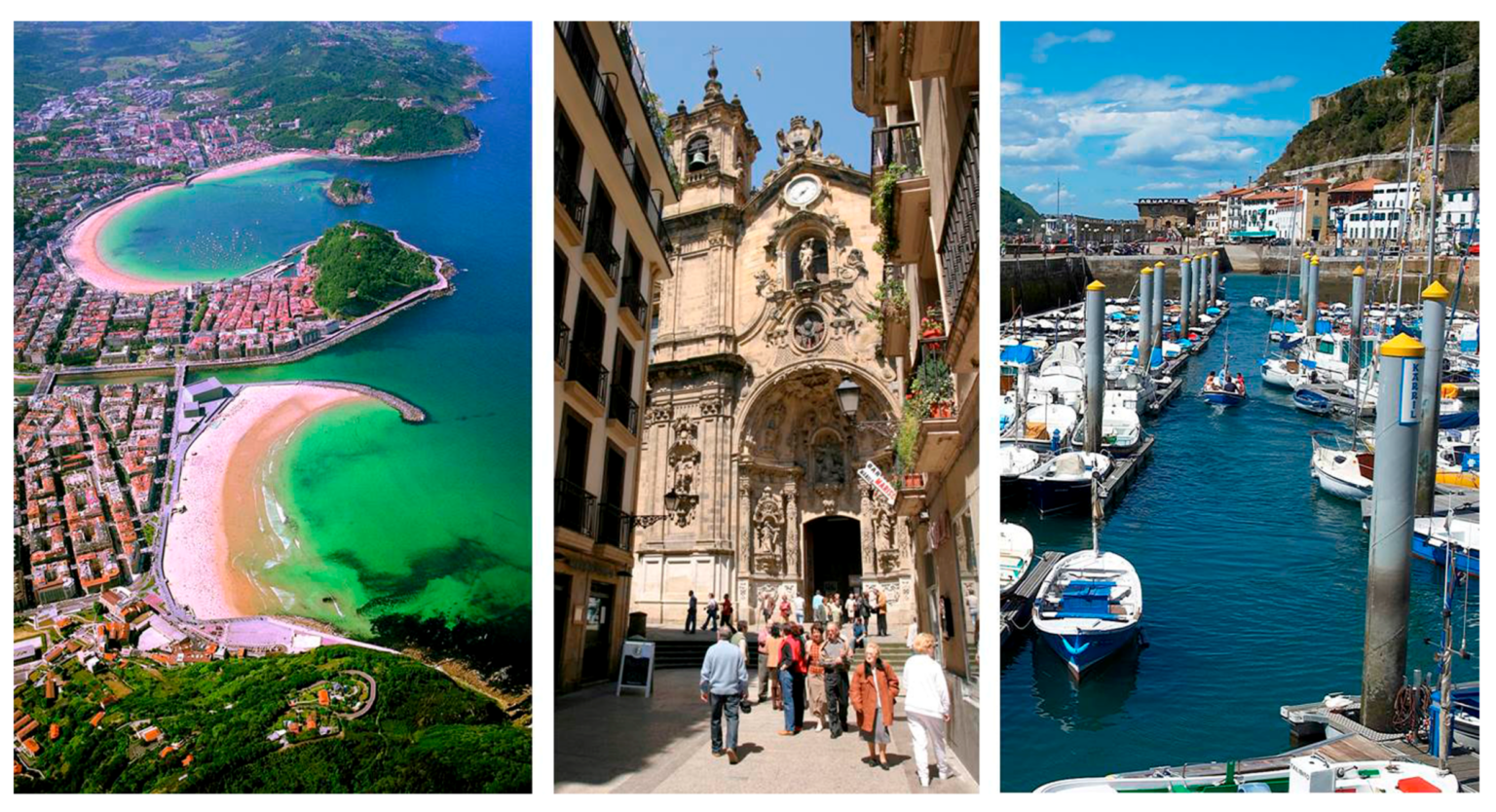
Cultural Heritage Conservation: Striking a Balance Between Tourism and Preservation
To keep our cultural traditions alive in the face of the tourism industry’s constant transformation is to provide a priceless legacy for future generations. This will require balancing tourism and preservation, which is an art that calls for sustainability consciousness, compassion, as well as finesse.
Meanwhile, it will take the combined efforts of residents, visitors, and government officials to balance the desire to show the world these treasures with the need to preserve their original character. Let’s embark on a journey to explore how destinations around the globe are mastering this balancing act.
The Appeal of Relics from the Past
The mysterious allure of ancient wonders frequently draws large crowds of tourists to historic sites. Visitors have been flocking to Egypt’s Giza Pyramids, which stand as a tribute to the inventiveness of humans, for millennia. In the contemporary era, however, the structural stability of these historic wonders was put at risk due to the footfalls of millions of people each year. To overcome this obstacle, the Egyptian government created safeguards to keep the pyramids open to visitors while ensuring their safety. Now that visitors walk on defined trails, the erosion rate is lower, and interactive exhibits teach tourists about the need for preservation.
Another world-famous landmark that sees many visitors daily is the Great Wall of China. Deterioration may be seen in places such as Badaling and Mutianyu. However, forward-thinking measures, such as limiting the number of visitors and promoting environmentally responsible tourist practices, are now contributing to preserving this architectural masterpiece for future generations.
Living Cultures: Safeguarding Intangible Heritage
The protection of cultural heritage extends beyond the protection of old sites; it also includes the preservation of intangible heritage, which provides for traditions, rituals, crafts, and performing arts handed down from generation to generation. A lively illustration of this may be found in Bali Island, Indonesia. The entry of mass tourism challenged the authenticity of traditional Balinese dance and music, which are essential components of the Balinese people’s cultural identity.
Local communities in Bali, such as Ubud, have embraced responsible tourism that promotes traditional performances in their most authentic forms to find a balance between the two sides of the island’s tourism industry. Travelers are strongly encouraged to participate in workshops where they may better understand the significance of the arts practiced in Bali and develop a greater respect for the island’s culture.
Adaptive Reuse: Reviving Old Buildings
Adaptive reuse, or breathing new life into existing structures, is integral to preserving cultural heritage. That is because preservation isn’t simply about preserving the past in its original form. This art has been perfected in the cities of Europe, which are home to stylish hotels, lively cafés, and stimulating art galleries housed in old structures.
The legendary El Palace Hotel in Barcelona, Spain, was opened for business for the first time in 1919, and it has a breathtaking architectural synthesis of neoclassical and modernist styles. The hotel’s preservation efforts have allowed visitors to experience a bygone era while still enjoying the hotel’s modern conveniences.
Sustainable Tourism: Coexisting Harmoniously with Nature and Heritage
Sustainable tourism is the beacon guiding the path toward responsible cultural heritage conservation. Machu Picchu, located in the Andes of Peru, was experiencing environmental problems due to the growing number of tourists. Recognizing the need for conservation, Peru imposed restrictions on the number of visitors allowed each day, enforced stringent waste management, and encouraged environmentally responsible behaviors.
Cambodia’s Angkor Archaeological Park is another UNESCO World Heritage Site in which sustainable tourism initiatives are making an impact. The preservation of the ancient temples is made possible through cooperative efforts between local officials, international organizations, and visitors. These efforts also enable the people in the surrounding area to take advantage of the economic prospects presented by tourism.
The Final Words
The preservation of cultural heritage demonstrates our collective past; it is a tapestry stitched together with the threads of human ingenuity and imagination. As travelers, we have the honor and duty of commemorating and preserving these priceless legacies. We can ensure that future generations will continue to be amazed by the wonders of our history by engaging in environmentally responsible activities, creative reuse, and cultivating a profound respect for living cultures. Let us set out on our travels with the intention of safeguarding the character of every location we visit, for by doing so, we will be paying tribute to the enduring nature of the human race.



